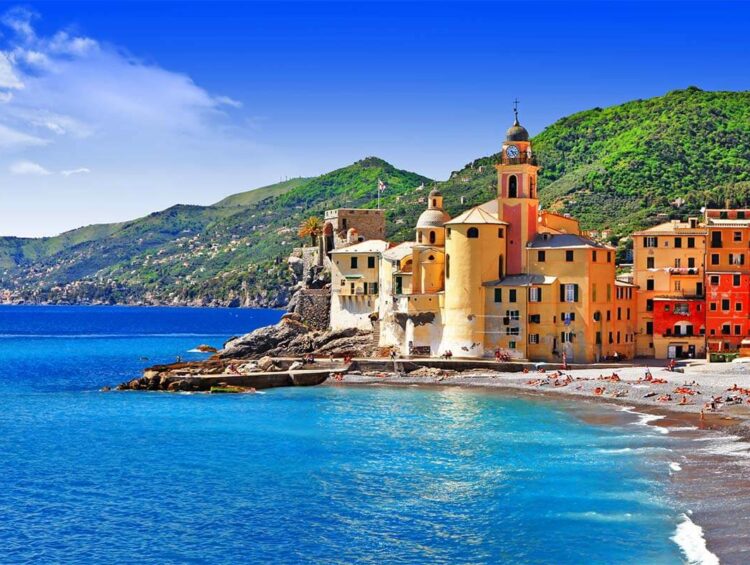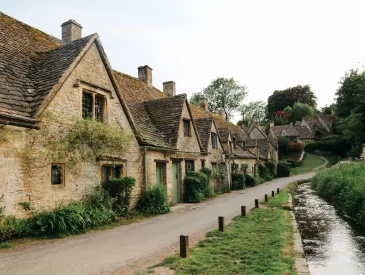The destinations that adhere to flaunt Italy’s art, architecture, spectacular landscapes, and also background, as well as give possibilities for active pursuits, as well. To make sure you discover the most effective places to go to and also points to do, plan your schedule utilizing this list of the leading tourist attractions in Italy. Italy’s top tourist attractions for travelers are not all art and style; the country is honored with lakes, mountains, and a significant coast that provide it outstanding natural attractions, as well.
1. Rome : Colosseum
Colosseum, likewise called Flavian Amphitheatre, huge arena built in Rome under the Flavian emperors. Building and construction of the Colosseum was started at some time between 70 and also 72 CE during the power of Vespasian.
It lies simply eastern of the Palatine Hill, on the grounds of what was Nero’s Golden Residence. The fabricated lake that was the centrepiece of that palace complex was drained pipes, and the Colosseum was sited there, a choice that was as much symbolic as it was sensible.
The amphitheatre seated some 50,000 viewers, who were shielded from the sun by a substantial retracting velarium (awning).
In medieval times, the Colosseum was utilized as a church, after that as a citadel by 2 noticeable Roman families, the Frangipane and the Annibaldi.
2. Florence : Santa Maria del Fiore
Santa Maria del Fiore, designed by Arnolfo di Cambio, is the 3rd biggest church worldwide (after St. Peter’s in Rome as well as St. Paul’s in London) and also was the largest church in Europe when it was finished in the 15th century.
It was constructed over the 2nd basilica, which early Christian Florence had actually committed to St. Reparata. Arnolfo’s design was substantially various from the church’s present structure, as we can see from the outside.
Francesco Talenti held the blog post of master of the jobs from 1349 to 1359, completing the bell tower and preparing a new style with the assistance of Giovanni di Lapo Ghini (from 1360 to 1369).
From August sixth the digital Covid health and wellness certificate, or Eco-friendly Pass, is mandatory to check out the Cathedral.
3. Venice : St. Mark’s Basilica
Originally this building was to be an extension of the Doge’s Palace, however the construction of the Basilica of St. Mark, which began in 828 as well as ended in 832, was made to house the body of St. Mark the Apostle brought from Alexandria to who they called guard of the city.
The Basilica of San Marco is currently and has actually constantly been the facility of public and spiritual life in Venice. Today, this basilica welcomes thousands of countless visitors yearly. The Basilica is among one of the most gorgeous sanctuaries in Europe and also worldwide. This basilica is the fruit of various designs, nonetheless over the years and also its restructuring still protects asian aspects that can leave visitors shocked by their particularity and natural beauty.
The entryway to St. Mark’s Basilica is cost-free, but the entry line is usually long, so it is advisable to schedule an assisted trip of the Basilica to stay clear of unnecessary waiting in line.
4. Naples : Castel dell’Ovo
It rests on a small island composed of tufa, called di Megaride as well as according to legend, it remained in this parcel that the alarm Partenope landed, the one who gave the first eponymous old name Naples, started by the Greek Cumanis, around the VIII century BC
The captivating citadel called Castel dell’Ovo, today the head office of the Regional Directorate for Cultural Heritage as well as Landscape of the Campania Area, shows all its charm as soon as you get here, as you can currently admire the sight of the gulf from the exterior: it is about of something distinct.
When you go into the castle, you can instantly see a number of areas on which there are ancient frescoes, made directly on the plaster, today practically illegible.
5. Milan : Milan Cathedral
The Milan Sanctuary, or else called Duomo di Milano in Italian, is the biggest Gothic cathedral in the world. Some individuals really feel that as the building and construction progressed over the centuries, its style moved to be a lot more comparable to Renaissance, the moment duration in between the 14th and the 17th century in which there were several technological developments in Europe.
The cathedral was originally mosting likely to be developed from terracotta brick, but the product was transformed to marble at an early stage in the construction procedure. The facade of this marble is pink, white, as well as light grey.
Il Duomo di Milano is one of one of the most vital destinations in Milan and also is well worth visiting. Additionally, reaching the top of the rooftop terrace provides breath-taking views of the city.
6. Bologna : Piazza Maggiore
Bologna’s Piazza Maggiore started as the “platea communis”, the place where individuals collected and also the marketplace was held. It was among the most important metropolitan projects in Middle ages Bologna, developed to accentuate the seat of city government as well as develop a place for the marketplace.
Piazza Maggiore is bordered by the essential structures of the middle ages city. The oldest is Palazzo del Podestà. Dating back to 1200, it first occupied the north side below the Torre dell’Arengo whose bell was once made use of to mobilize the populace.
The main area of the piazza features a distinct, increased, pedestrian system integrated in 1934 and nicknamed “the large development”. The damage noticeable on its sides was made by an American armoured tank on 21 April 1945, the day the city was freed; it has actually been left as is to memorialize the historical event.
7. Verona : Arena di Verona
The Verona Sector (Field di Verona in Italian) is an impressive Roman amphitheater that was integrated in the very first century AD.
The exact date of construction is not the only point that is uncertain about the very first years of the field. An additional enigma concerns specifically what type of video games as well as programs were supplied to the public.
The works to bring back the charm of the field started just in the 19th century. Napoleon was the last ruler that made use of the sector for reasons besides culture ; afterwards grim duration, the arena began to be utilized for operas, ballet and performances.
8. Turin : Holy Shroud of Turin
In Turin’s Sanctuary of San Giovanni Battista, the faithful as well as interested from around the world gather to watch the Holy Shroud of Turin (Sacra Sindone), one of most renowned and controversial religious antiques in Italy. This bed linen fabric is said to have actually been laid over Jesus’ body after his crucifixion, though its credibility remains debated.
Shroud of Turin, also called Holy Shroud, Italian Santa Sindone, a length of bed linen that for centuries was supposed to be the interment garment of Jesus Christ.
The shadow initially arised historically in 1354, when it is taped in the hands of a renowned knight, Geoffroi de Charnay, seigneur de Lirey. In 1389, when it took place event, it was denounced as false by the local bishop of Troyes, that declared it “cunningly painted, the reality being attested by the artist who repainted it.”
The Avignon antipope Clement VII (ruled 1378– 94), although he avoided sharing his opinion on the shadow’s authenticity, approved its usage as an item of dedication offered that it be exhibited as an “image or depiction” of the true shadow. Subsequent popes from Julius II on, nevertheless, took its authenticity for given.
9. Pisa : The Leaning Tower of Pisa
The structure rock was laid in 1173, when Pisa was Italy’s most powerful maritime republic, and also its loggia-like tiers were imitated the cathedral exterior. Also before the third tale was finished, the tower had actually currently begun to sink alarmingly on its south side. When counterweighting the north side as well as somewhat boosting the height southern wall surfaces showed ineffective, building was halted.
Virtually 100 years later, work returned to, trying to combat the tilt by angling the upper stories extra in the direction of the vertical. The open bell-chamber was included in the white marble tower in 1350-72, by Tommaso Pisano.
When rotational movement around the axis was additionally detected, increasing the threat, the tower was enclosed 1990 to enable a pricey program of remediation. When the tower re-opened in 2001, the 5.5-degree tilt had been changed to about 3.99 levels, leaving the top out of line by 3.9 meters.
10. Sicily : Valley of the Temples
Agrigento was founded by the Greeks in the 6th century B.C. What started as a small outpost quickly grew to be among the most vital cities in the Mediterranean.
Throughout the Punic Battles of the third and second centuries B.C., Agrigento was a prize sought by both the Carthaginians as well as the Romans. By the first century A.D. as well as the rise of the Roman Empire, it once more came to be a prosperous profession facility.
The modern-day city of Agrigento includes a blend of medieval, Byzantine, as well as a lot more current design, with a lot of the remains of the old city hidden underneath. Yet the real destination at Agrigento lies simply outside the old city.
The Valley of the Temples is a vast area of destroyed temples that speak to the importance of old Akragas during the elevation of its Greek phase.





